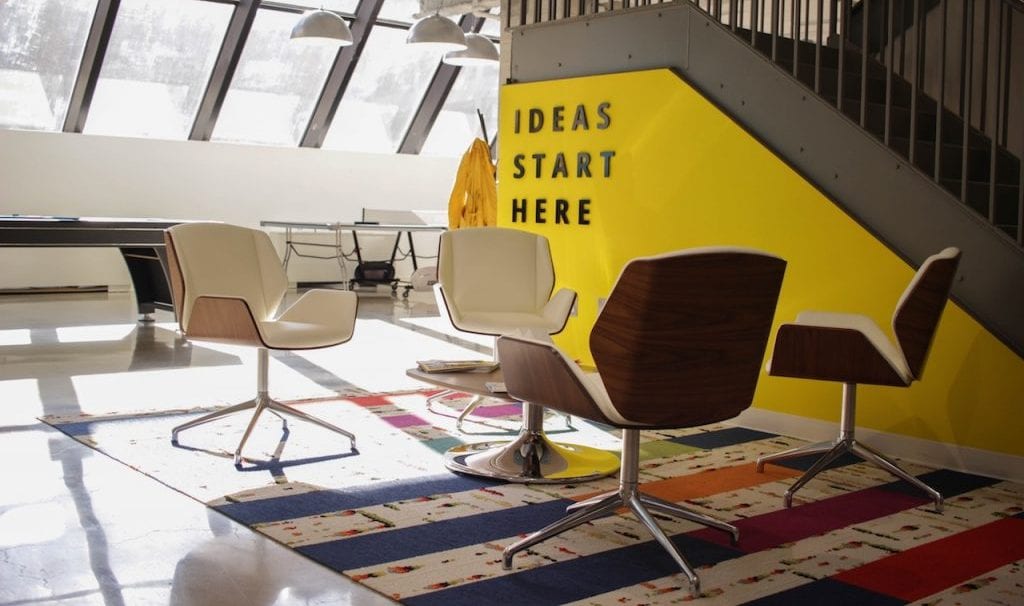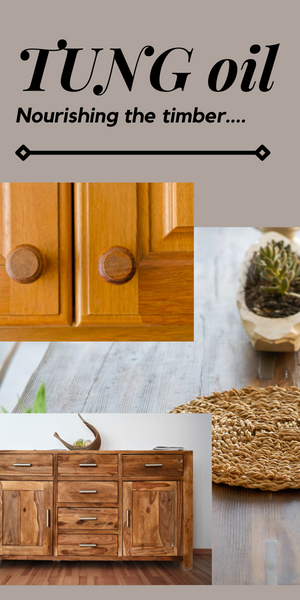How to turn a great idea into a business: Practical advice from a senior CEO
We all have great business or product ideas from time to time. Ideas that we’re sure will take off like a Mentos in a Coke bottle.
But the problem is, some of our ideas are, well… not as great as we imagine.
So how do you distinguish which ideas are the sure winners, and which to send to the dust-bin?
Taking an idea from ‘light bulb-moment’ to a viable business is a journey not for the faint hearted. There’s a lot of late nights, financial strain, stress and hard work associated with bringing any new business venture to light.
Although the journey is different for everyone, those who have trodden the path before can illuminate the ‘right’ ways to do it. Pitch decks templates are easily found online, however, there are some simple yet critical considerations that are often overlooked or seen as unimportant at the start.
This article is certainly not an exhaustive dissertation on developing an idea into a business. However, there are many critical points that you need to consider in the early days of your entrepreneurial journey.
Let’s examine a few of those considerations now…
Am I the only one?
No matter how excited you are about your idea, you need to realise that you may be the only one who thinks it’s actually great.
Many business ideas are useful but to a very small amount of people. So, your first mission is to find out:
– Would others use your ‘product’ and if some would;
– How many of these people are there?
– Would they pay for it and if so…
– How much would they pay for it?
Is my idea new?
There are no new ideas.
There I said it.
But that doesn’t mean you should pack up your desk and give up. The great advantage you have is that most people don’t have the confidence, ability, or grit to bring an idea to a useful conclusion.
Often a ‘new’ idea is a confluence of two or more other ideas. This is where the power can be. Two individual ideas, on their own, may have a short life… but combined they are powerful.
So what other similar ideas are about? There will be some. Find them. This research will be very valuable in possibly showing how not to proceed. It may even allow you to find a soulmate in bringing your great idea to fruition.
Disappointingly, it may uncover that the idea is already being successfully developed and you just hadn’t noticed yet. If that happens, don’t despair. You have plenty of other great ideas to explore buried in that head of yours.
How is it different?
After some research, you have hopefully found similar ideas, but none that are exactly like yours.
Excellent.
So, how is what you have different?
The difference may be in the product itself, the way it is brought to market or even in the actual target market.
Be aware simply a price difference is a very short-term advantage.
Clarity in why your idea is different and the benefits of that difference to you and the end consumer will give you your main selling points and confidence to move forward.
Do I have the resources to bring it to life?
Currently, money is often considered to be the only resource.
This is untrue.
Throwing money at an idea won’t simply make it happen (although it will help grease the wheels).
Resources you will need to bring to bear are;
1. Time: You may have a great idea. That’s all it is – an idea with potential at that moment – unless you are willing to put time into it.
Like the saying goes: “Potential and $2 will buy you a coffee”. Are you willing to forego something you spend time on now, in order to develop your idea? If the answer is no, then shelve the idea for now.
2. Energy: If your current lifestyle leaves you tired and uninspired, will the injection of this project energise you? Will it inspire you? Don’t be discouraged as energy is a funny thing in us humans – the more we expend the more energised we become.
For example, if you have been sitting behind a computer all day and feel rather listless, if you get out for a quick brisk walk you will feel more energised. Spending more energy creates more energy.
Are you willing to spend the energy the project deserves or not? Now is the time to decide.
3. Unfortunately, money: Depending on your own skills and how they relate to the idea, the amount will vary. You may have a software idea and be a software engineer. Great, so most of the grunt work you can do (refer to Time and Energy).
However, there is more to a business than just producing a product; professional branding, web development and SEO, marketing and more marketing.
Yes, these disciplines will be needed if you are serious about your idea becoming a business.
Depending on your mix of skills and the requirements to bring your idea to life, the amount of financial investment will vary greatly. At least a rough financial plan is needed at the start. Do you have the financial resources you are willing to risk, or will you need investors? This will enormously affect your plans – and it is best to plan to avoid stalling later and losing momentum.
What business structure?
“Start with the end in mind.”
I am sure you have heard that before.
This is so important in this case. Consider talking to a business advisor to look at how to set up your business. Really beneficial structures often include trusts and companies. (here’s a great starting point – https://asic.gov.au/for-business/ ).
Deciding on your business structure now has multiple advantages:
– To protect your current assets.
– Tax savings in the future. You can’t go back and retrospectively set up a tax-efficient structure.
– You have a separate entity that will easily allow a sale of the business or an issuing of shares to others, that is, the ability to take on investors.
Branding
Branding is an extraordinarily important part of your business. Often that statement gets plenty of nods, with very little understanding of what that really means.
Before you arrive at a name consider the following:
Big names today have become “household names” due to good and consistent branding.
Icons such as: McDonalds, Coke, Apple, Toyota, Woolworths, Samsung, Google, Facebook and many more.
So, how did they go about creating such iconic brands?
– Mission Statements. They know what they want their company to be, and what it is to do for people.
Your mission needs to be other-people-centric. Unfortunately, some lose their way.
Originally, being from Steve Jobs, Apple’s mission statement was:
“To make a contribution to the world by making tools for the mind that advance humankind.”
Simon Sinek in his “Start with Why” works, claimed Apple’s mission to be:
“With everything we do, we aim to challenge the status quo. We aim to think differently. Our products are user-friendly, beautifully designed, and easy to use. We just happen to make great computers.”
…and now their most recent mission statement, from 2017, is:
“Apple designs Macs, the best personal computers in the world, along with OS X, iLife, iWork and professional software. Apple leads the digital music revolution with its iPods and iTunes online store. Apple has reinvented the mobile phone with its revolutionary iPhone and App Store, and is defining the future of mobile media and computing devices with iPad.”
How do you feel about Apple in 2018 compared to 10-15 years ago? To me, they feel just like any other corporate rather than a ‘movement’, as it did before. A company with a deeper purpose rather than just producing certain named products.
– Sets of Values. What are your businesses values? These will generally follow your personal value otherwise there will be a dissonance.
– Understanding of their Brand essence. What is that short phrase that encompasses the essence of what they are and do for their market.
– Recognisable and unique well-designed logo.
– Colour palate. What do you notice about iconic brands? They stick to a ‘look’ that includes a colour palate. For example, Coke = Red, McDonald’s = Red and Yellow and many, many more. Study some of the marketing research on the effect of colours. This includes fonts and logos, too.
– Voice and Tone. Choosing how you wish to express you brand to the world, a couple of examples – Conservative or edgy, serious or humorous.
– Brand personality. Attitude, if you will. This will inform what your voice and tone will be.
-Brand cut through. Your proposed brand names should be run through a few checks. (Notice up to now you don’t have a final brand name!)
x Government sites to see if something is registered that is the same or similar.
x Do an online search on your proposed names. Who are you brand name
competitors? Will you be able to compete on an SEO level?
x Search what you believe will be your main keywords. (This of course requires
you to understand your market). Again, who are your competitors? How
strong are they online? How will you compete for a page one presence?
x Are your proposed website names available and are the social media business
pages and handles available?
I.P. protection
Here are some ideas around protecting your idea. Of course, fool-proof protection is not possible, however, the more you cover yourself the more chance you will have to create a successful business.
Some questions to ask yourself;
– What assets do I have that can be protected?
– Is my idea different enough from other similar ideas, for me to patent it?
– Can I trademark my brand?
– Can I register my designs?
– How do I ensure copyright?
– Am I willing to make the investment in legal advice and registration costs?
To find out what protection is available for your intellectual property it is truly advisable to engage a specialist lawyer. A generalist may miss something critical.
I trust that the points above have made you aware of some important consideration for early in your entrepreneurial journey. By all means, get involved and passionate about your idea. Bring it to life!
In the meantime, do some of the preparatory, not as exciting yet important work. It would be a pity if all your hard work came tumbling down due to tax issues, brand name issues, IP issues or a lack of resources.
Prepare well to give yourself the best chance of success, be that with your current idea or the next one. You will thank yourself for it.
(You can thank me too in the comments below!)
Carl Huybers
Latest posts by Carl Huybers (see all)
- How to turn a great idea into a business: Practical advice from a senior CEO - November 29, 2018
- Stop, Collaborate & Listen by Jessica Ruhfus - October 29, 2018
You may be interested

Discover Modern Man’s Lifestyle
Ellen Must - June 1, 2022https://youtu.be/pCA0sS1oAJE Being an Australian man has never been more challenging. The modern Australian male juggles work and family, runs marathons, volunteers in a charity, fishes, plays golf…

Being a stay-at-home parent or hiring a nanny
Ellen Must - June 1, 2022https://youtu.be/UKeX6AyiUWY Having a child is never an easy thing to do. Whether you’re on baby number one or baby number five, there are still so many things…

Ways to encourage staff to return to the office
Ellen Must - May 30, 2022It's early March 2020, we're finally past the season of crazy bush fires, the world seems peaceful, and you're on your way to your 9-5 in the…





